Volcanoes shape our planet in explosive ways. Some eruptions have been so massive they changed global weather, erased civilizations, or created entire new islands. Scientists measure their power using the Volcanic Explosivity Index (VEI), a scale from 1 to 8, with each step 10x stronger than the last.
While no VEI-8 eruption has happened in the last 10,000 years, history is packed with monstrous blasts. Here are 12 of the biggest volcanic eruptions ever recorded—plus what remains of them today.
1. Hunga Tonga–Hunga Ha’apai, Tonga (2022, VEI 5.7)
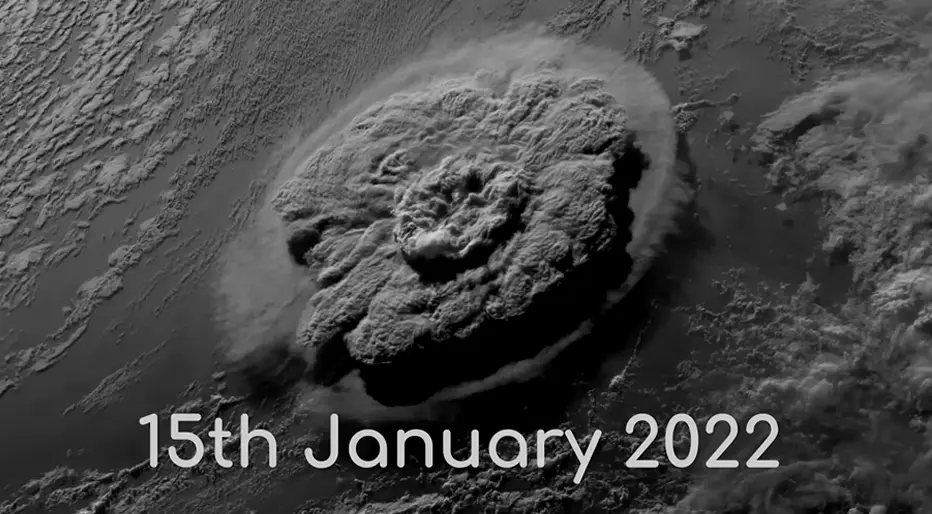
- What Happened: An underwater eruption injected 50 million tons of water vapor into the atmosphere—enough to temporarily warm the planet.
- Impact: Ash cloud rose 20 km high, shockwaves circled the Earth, and the blast equaled 100+ Hiroshima bombs.
- Today: The islands reshaped by the eruption remain fragile. Scientists continue to study its long-term climate effects.
2. Huaynaputina, Peru (1600, VEI 6)
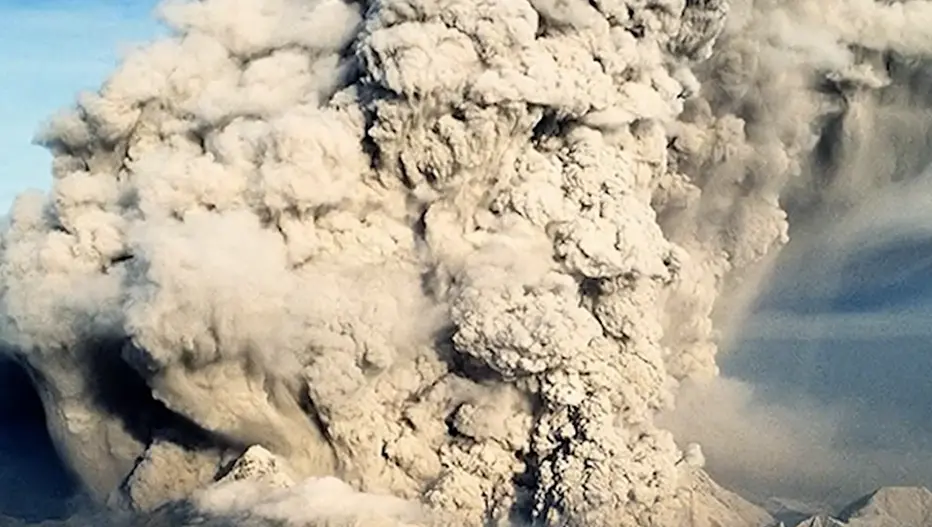
- What Happened: South America’s largest eruption in recorded history.
- Impact: Triggered mudflows reaching the Pacific, caused global cooling, and led to some of the coldest summers in 500 years.
- Today: Ash still blankets nearby valleys; the region is home to deep canyons and colonial cities like Arequipa.
3. Krakatoa, Indonesia (1883, VEI 6)
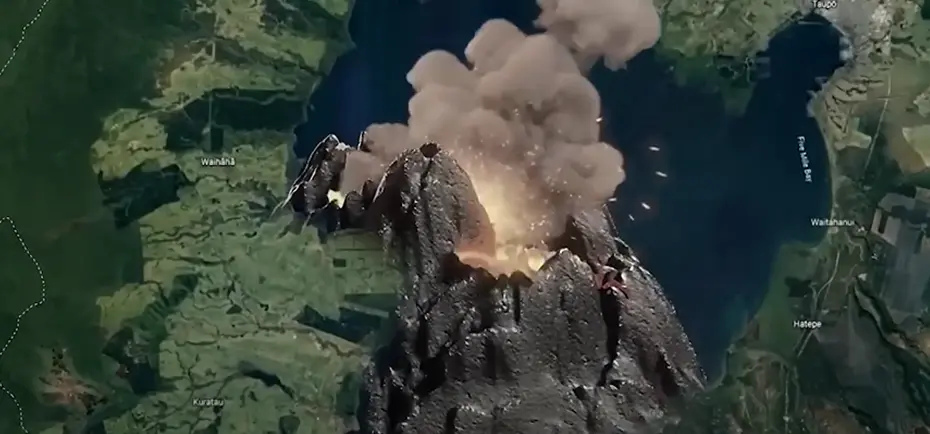
- What Happened: A massive blast destroyed most of the island.
- Impact: The loudest sound in history, heard 3,000 miles away. Tsunamis up to 40 m high killed ~36,000 people.
- Today: Anak Krakatau (“Child of Krakatoa”) rises from the sea and is still active—last erupting in 2022.
4. Santa María, Guatemala (1902, VEI 6)
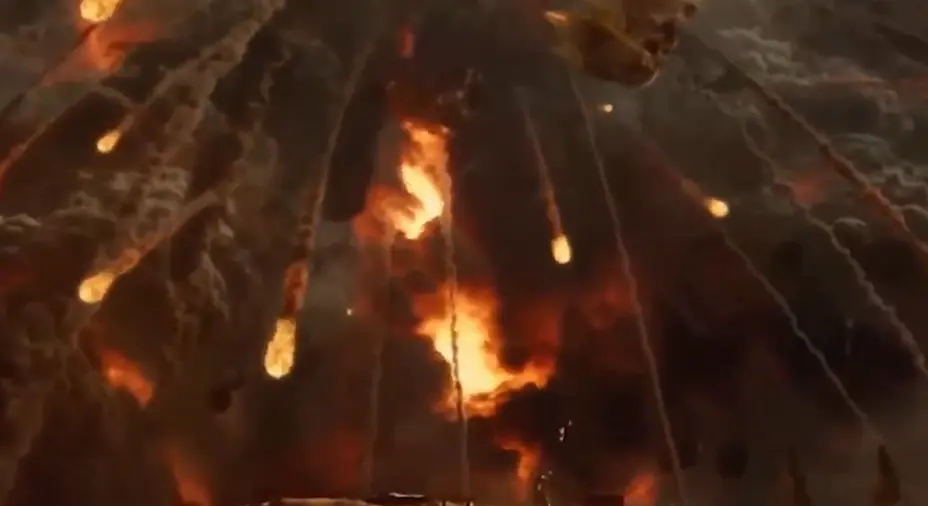
- What Happened: After 500 years of dormancy, it erupted violently.
- Impact: Created a 1.5 km-wide crater and devastated western Guatemala.
- Today: Continues to erupt at a lower scale; part of a chain of Central American volcanoes.
5. Novarupta, Alaska (1912, VEI 6)
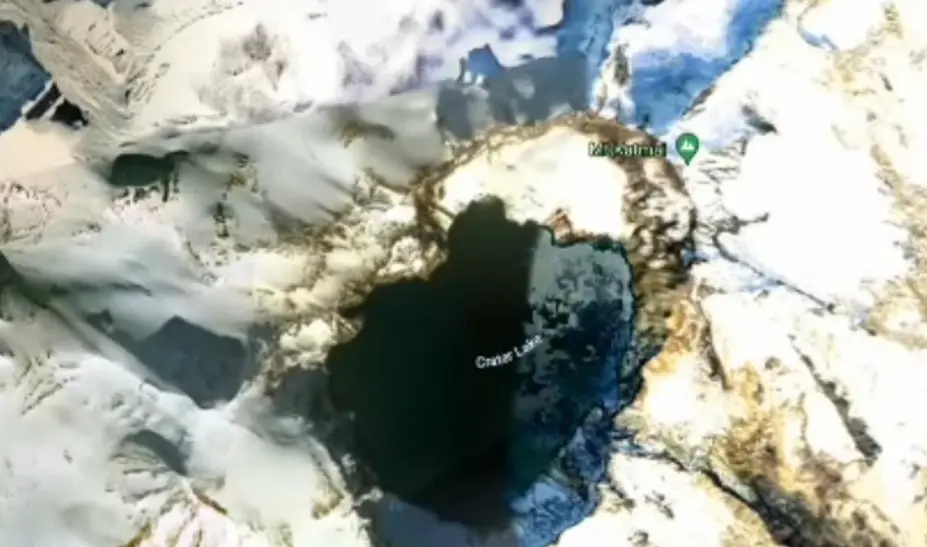
- What Happened: The largest eruption of the 20th century.
- Impact: Produced the Valley of Ten Thousand Smokes, burying 3,000 sq. miles in ash.
- Today: The site is preserved in Katmai National Park—a surreal landscape still steaming decades later.
6. Mount Pinatubo, Philippines (1991, VEI 6)
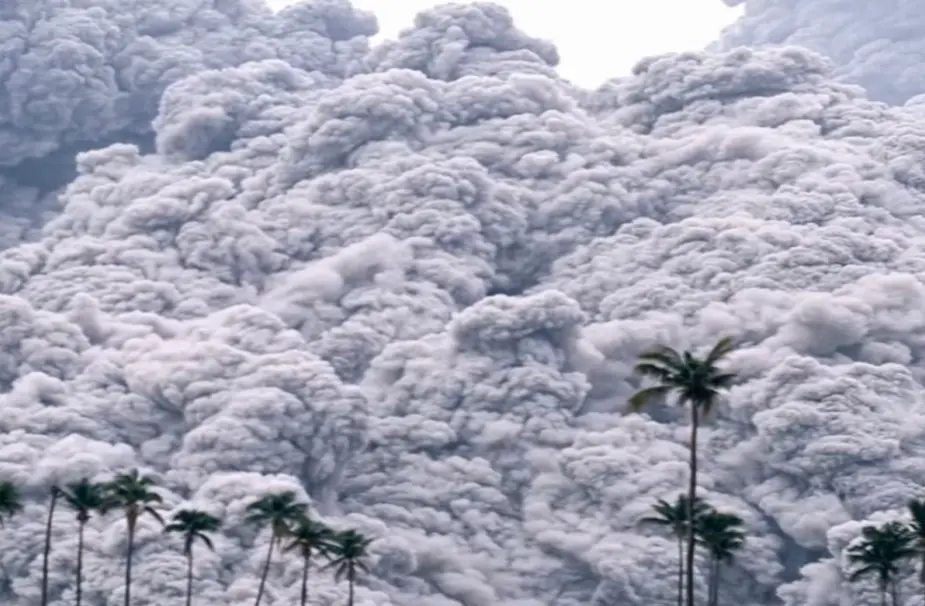
- What Happened: A catastrophic eruption after centuries of quiet.
- Impact: Sent ash 35 km into the air, cooled the planet by ~0.5°C, buried villages, and displaced thousands.
- Today: Its crater lake is a popular trekking destination; a reminder of the importance of early evacuation.
7. Ambrym, Vanuatu (A.D. 50, VEI 6+)
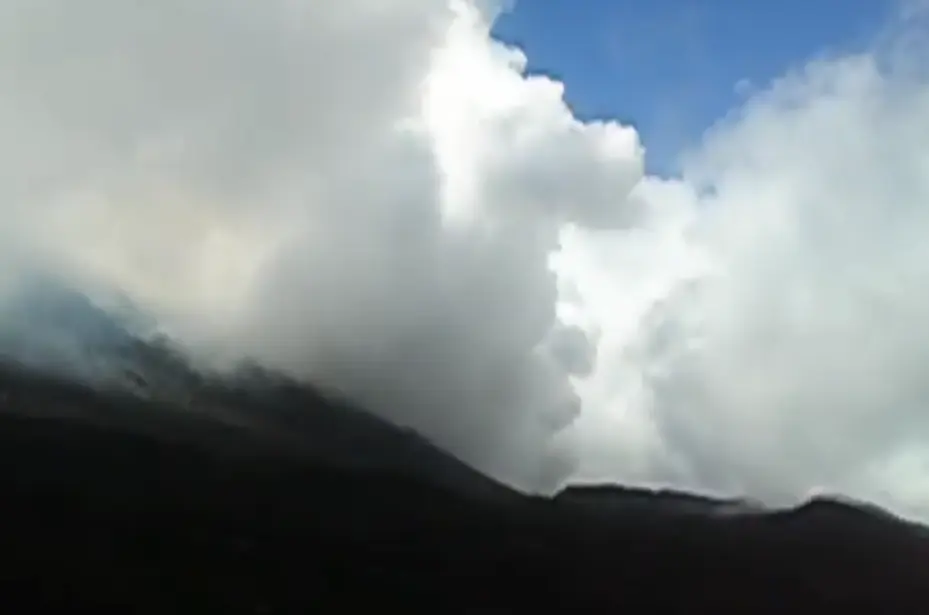
- What Happened: Ancient eruption formed a 12 km-wide caldera.
- Impact: Reshaped the island and influenced Pacific cultures.
- Today: Ambrym remains one of the world’s most active volcanoes, with glowing lava lakes in Marum crater.
8. Ilopango, El Salvador (A.D. 431, VEI 6+)
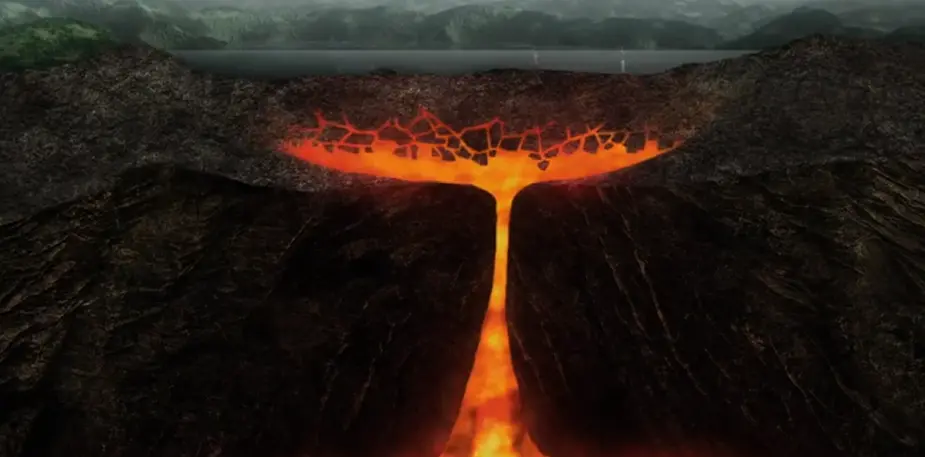
- What Happened: One of Central America’s largest blasts.
- Impact: Buried early Mayan cities, cooled the climate, and reshaped settlement patterns.
- Today: The caldera is now Lake Ilopango, a serene body of water near San Salvador.
9. Mount Thera (Santorini), Greece (c. 1610 B.C., VEI 7)
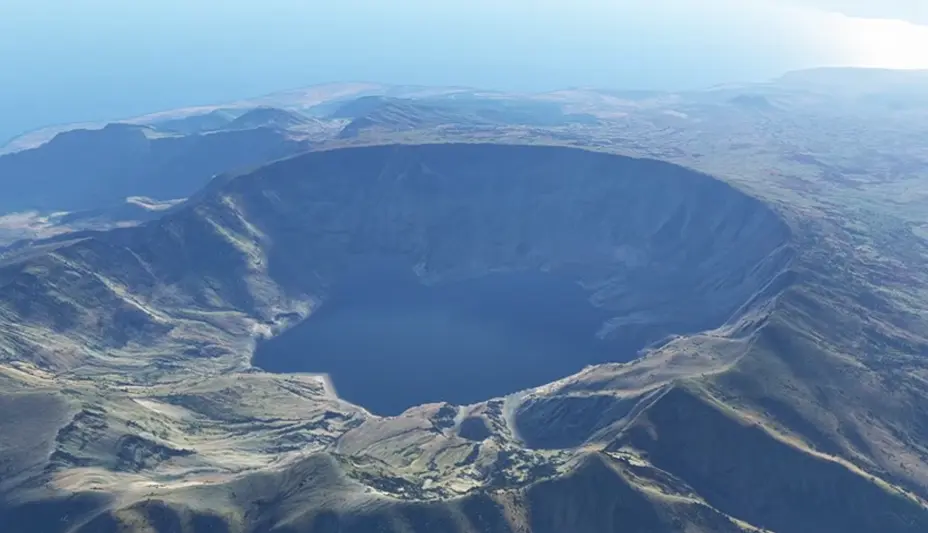
- What Happened: Possibly the most powerful explosion witnessed in human history.
- Impact: Wiped out much of the Minoan civilization; tsunamis and sulfur dioxide cooled the region.
- Today: Santorini’s caldera, whitewashed villages, and sunsets make it one of the world’s top travel destinations.
10. Changbaishan (Baitoushan), China–North Korea (A.D. 1000, VEI 7)
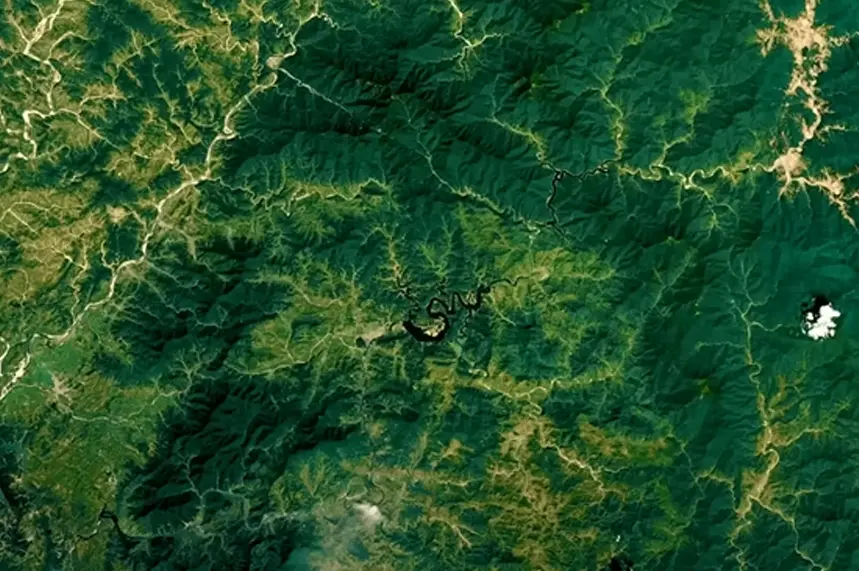
- What Happened: Ejected ash as far as Japan (~1,200 km away).
- Impact: Formed the spectacular Lake Tianchi (Heaven Lake) caldera.
- Today: A shared tourist site, famous for legends of a “lake monster.”
11. Mount Tambora, Indonesia (1815, VEI 7)
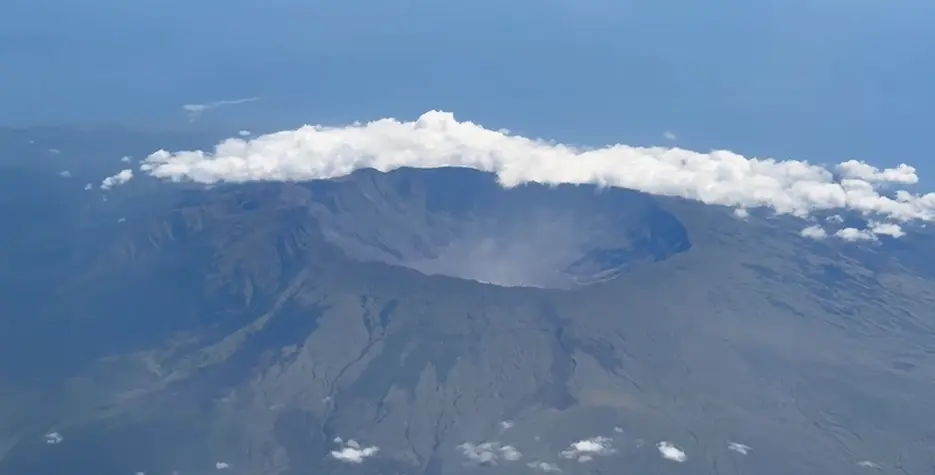
- What Happened: The largest eruption in recorded human history.
- Impact: Killed 11,000 directly, and food shortages caused by ash fallout killed 100,000+. Created the “Year Without a Summer” (1816).
- Today: Still active, with a massive caldera visible from the air.
12. Yellowstone Supervolcano, USA (640,000 years ago, VEI 8)
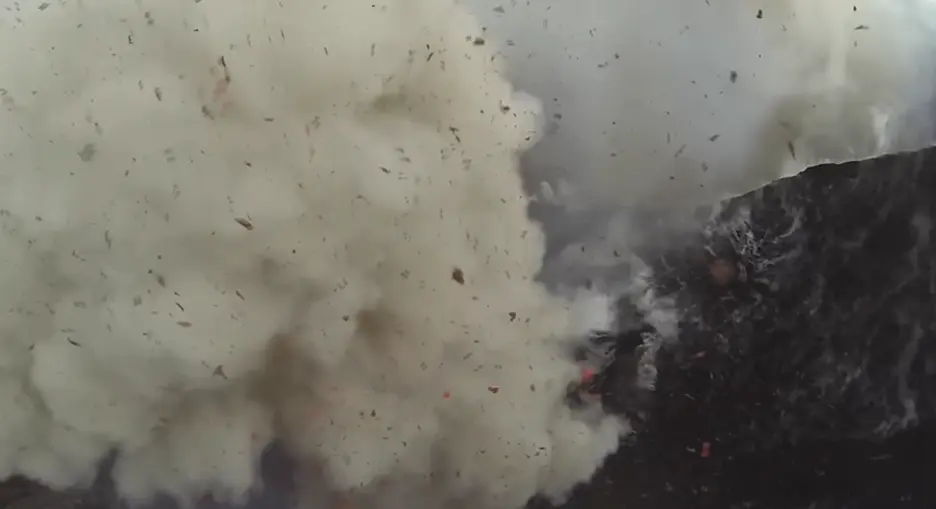
- What Happened: One of three colossal eruptions in Yellowstone’s history.
- Impact: Created a 72 km-wide caldera, ash deposits across North America.
- Today: Yellowstone remains an active supervolcano with geysers, hot springs, and constant monitoring.
Key Takeaways for Travelers & Enthusiasts
- Volcano Tourism Today: Many of these sites (Santorini, Pinatubo, Katmai, Krakatoa) can be visited safely.
- Respect Risks: Active volcanoes remain unpredictable—always go with local guides.
- Best Experiences:
- Santorini’s caldera views (Thera).
- Katmai’s Valley of Ten Thousand Smokes (Novarupta).
- Lake Ilopango kayaking (El Salvador).
- Anak Krakatau boat tours (Indonesia).